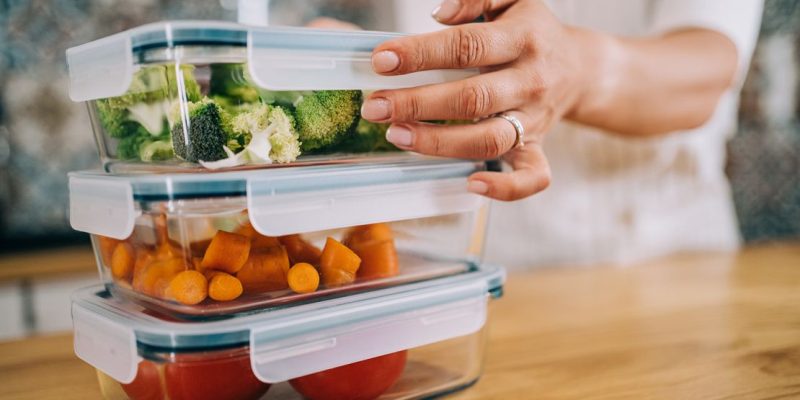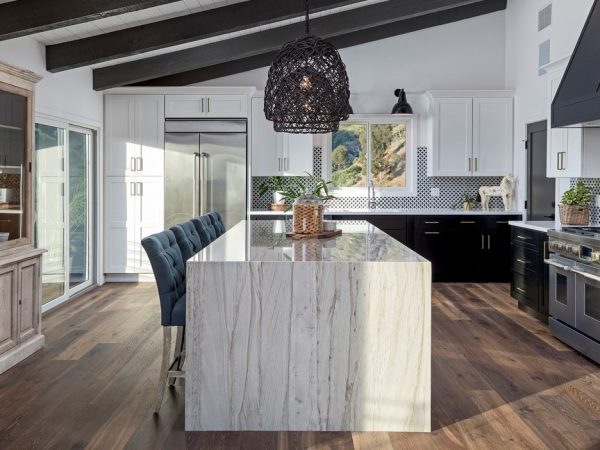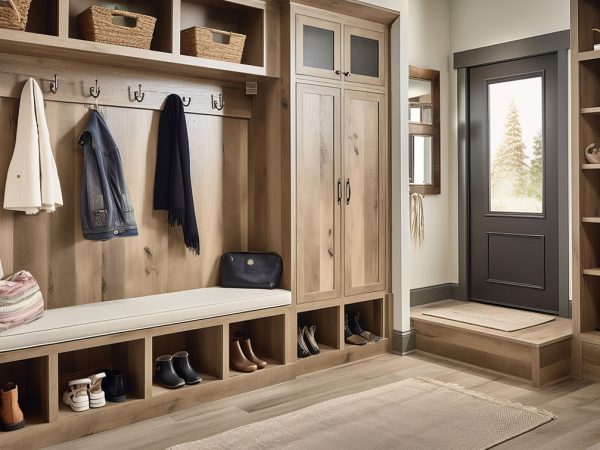In every household, the kitchen is where everything seems to pile up—literally. From cooking utensils to food containers, it’s easy for this central hub to become cluttered and chaotic. Tupperware storage, in particular, can be a headache if not managed properly. If you’re tired of opening a cabinet only to have plastic containers come tumbling out, you’re in the right place. In this guide, we’ll share 10 powerful tips to help you organize your kitchen fast, with a focus on maximizing your Tupperware-storage.
Declutter Your Tupperware storage
Take everything out of your Tupperware storage and lay it on your kitchen counter. Assess what you have and get rid of any containers without matching lids, warped plastic, or stained pieces. This initial decluttering will create space for better organization and help you see exactly what you’re working with.
Organize by Size and Shape
Once you’ve decluttered, sort your Tupperware by size and shape. This makes it easier to stack and nest the containers, saving valuable cabinet space. Grouping similar sizes together ensures that you won’t be digging through piles of mismatched lids and containers.
Use Drawer Dividers
Drawer dividers can be a game-changer for Tupperware storage. They help keep lids separate from containers and prevent them from getting mixed up. By creating designated spaces for different items, you can quickly find what you need without the usual frustration.
Label Your Storage
Labels might seem unnecessary, but they can make a big difference. Labeling your Tupperware storage helps you remember where things go and encourages everyone in the household to put items back in their designated places. You can use simple adhesive labels or more decorative options for a personalized touch.
Stack Vertically
Vertical stacking is a smart approach to Tupperware storage. Instead of laying containers flat, try stacking them vertically to save space and improve accessibility. This method works especially well for deep cabinets where horizontal stacking can lead to a jumble of containers.
Invest in a Lid Organizer
A lid organizer is a fantastic addition to your Tupperware storage setup. It keeps lids neatly arranged and makes them easy to find. No more digging through a mess of lids to find the right one. Lid organizers come in various sizes and styles, so choose one that fits your storage needs.
Use Clear Containers for Easy Identification
Using clear Tupperware storage containers allows you to see what’s inside without opening them. This can be especially useful when you’re in a rush or need to quickly locate leftovers. Clear containers also give your kitchen a sleek and organized appearance.
Create a Dedicated Tupperware Storage Area
Dedicate a specific cabinet or drawer exclusively to Tupperware storage. This designated space will keep your kitchen organized and ensure that your containers don’t end up scattered throughout other cabinets. Having a single area for all your Tupperware helps maintain order and reduces clutter.
Implement a Rotation System
To avoid older food going to waste, implement a rotation system in your Tupperware storage. Place freshly washed containers at the back, and pull older ones to the front. This way, you’re more likely to use older containers first, keeping your kitchen running efficiently and reducing food waste.
Maintain Regular Cleanouts
To keep your Tupperware storage in top shape, schedule regular cleanouts every few months. This will help you identify any broken or mismatched containers and keep your collection manageable. Regular cleanouts prevent clutter from building up and ensure that your kitchen stays organized.
Conclusion
With these 10 powerful tips, organizing your kitchen fast becomes a breeze. Tupperware storage doesn’t have to be a source of stress. By decluttering, stacking efficiently, labeling, and implementing a rotation system, you can transform your kitchen into a space that’s functional, tidy, and easy to maintain. Happy organizing!
FAQs
Q1: How can I prevent my plastic food containers from staining?
To prevent staining, rinse or wash your containers immediately after use, especially after storing acidic foods like tomato-based sauces. Alternatively, consider using glass containers for foods that are prone to staining.
Q2: What’s the best way to keep lids and containers organized?
Try using a dedicated organizer for lids and stackable containers. Drawer dividers or separate bins for lids and containers can also help you keep things in order and prevent lids from getting mixed up or lost.
Q3: How do I know if my plastic food containers are microwave-safe?
Check the bottom of the container for a microwave-safe symbol, typically depicted by three wavy lines. If you don’t see this symbol, avoid using the container in the microwave to prevent melting or warping.
Q4: What are some tips for minimizing food waste when using food containers?
Implement a rotation system to use older food first, label your containers with dates, and store leftovers in clear containers so you can easily see what’s inside. This way, you can better manage your food and avoid letting it spoil.
Q5: How often should I replace plastic food containers?
Replace plastic containers when they become warped, cracked, or show signs of significant wear. If a container’s lid no longer fits securely, it’s also time to replace it. Additionally, if you notice any unpleasant odors or persistent stains, consider getting new containers.
Also read: How to Reduce ESR in Blood Naturally: 5 Effective Remedies














